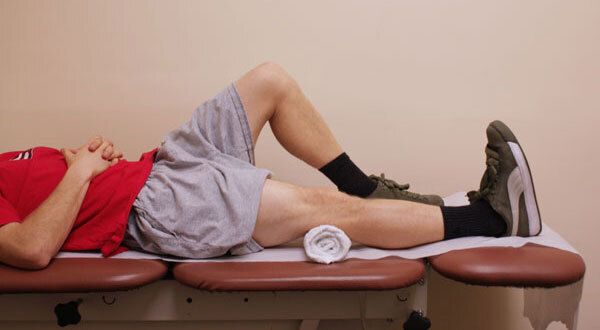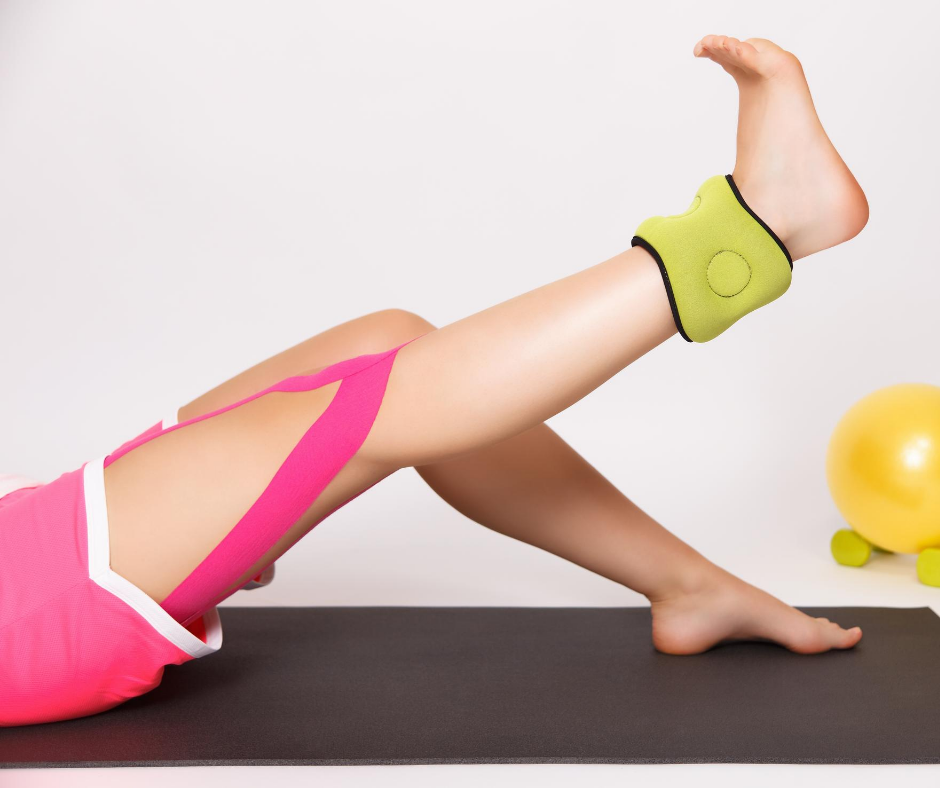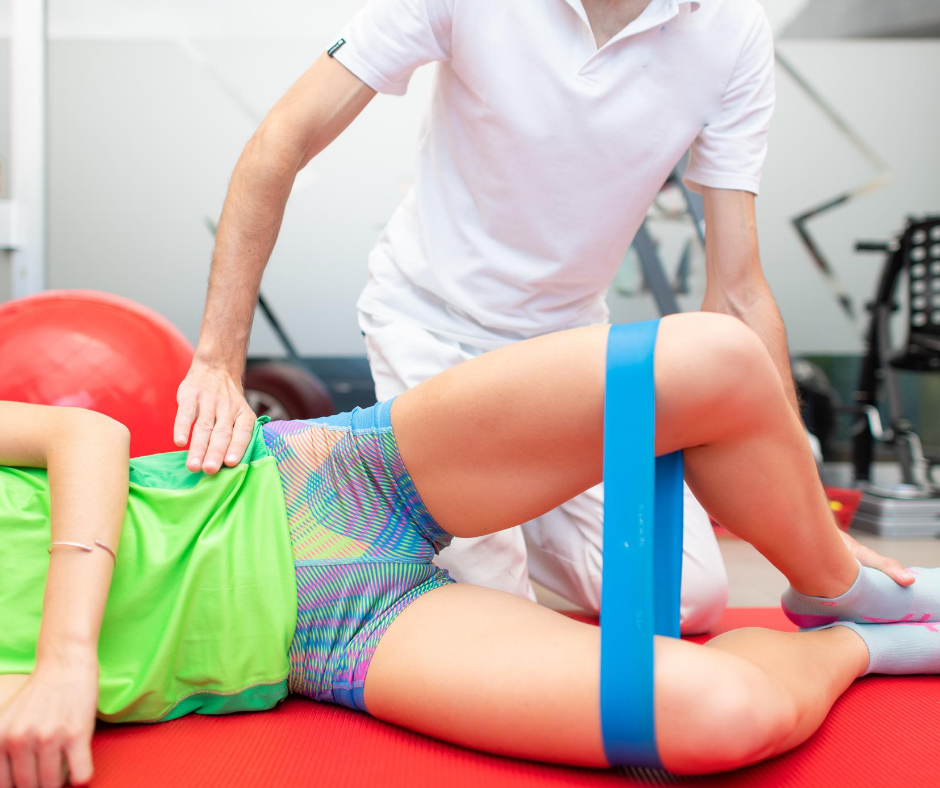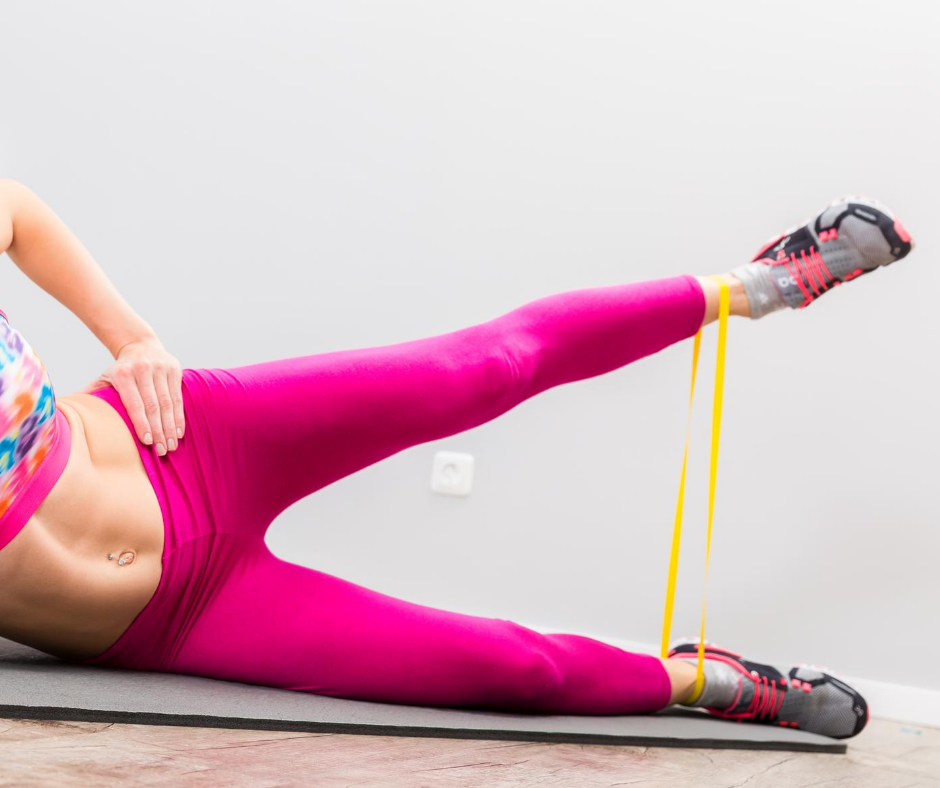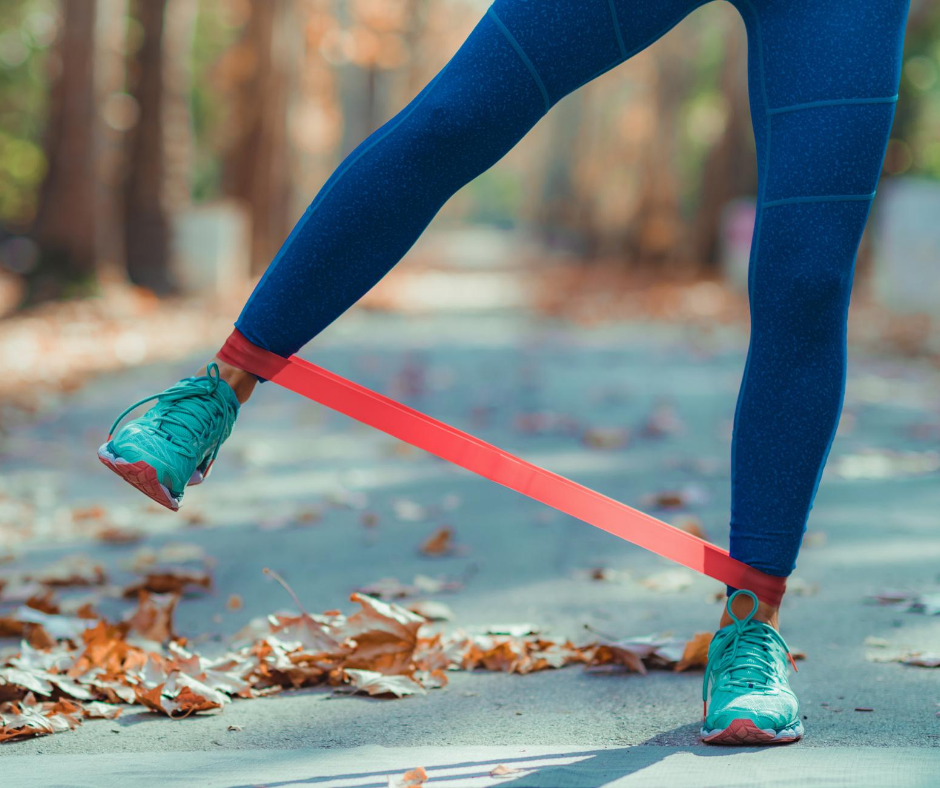
Exercise Program For Runners Knee
If you have been diagnosed with patellofemoral stress syndrome (PFSS), also known as runner's knee, there are a few things you should do right away to treat your condition. Visit your doctor, and then check in with your physical therapist. Your PT can perform an examination to assess your PFSS to prescribe the right treatment for your condition.
Exercise is one of the main treatments for PFSS. Many cases of PFSS are caused by tight muscles around the knees and hips or weakness in muscles that help keep your kneecap in its correct position. Sometimes balance or proprioception impairments may be a factor that leads to PFSS. Working to stretch and strengthen the right muscle groups can make a significant change in your condition.
Here is a step-by-step exercise program that a physical therapist may prescribe for someone with runner's knee. The exercises focus on improving flexibility and strength of the muscles that support your knee and help keep excessive stress off your kneecap.
Before starting this, or any other, exercise program, check in with your doctor to ensure that exercise is safe for you to do.
Exercise is one of the main treatments for PFSS. Many cases of PFSS are caused by tight muscles around the knees and hips or weakness in muscles that help keep your kneecap in its correct position. Sometimes balance or proprioception impairments may be a factor that leads to PFSS. Working to stretch and strengthen the right muscle groups can make a significant change in your condition.
Here is a step-by-step exercise program that a physical therapist may prescribe for someone with runner's knee. The exercises focus on improving flexibility and strength of the muscles that support your knee and help keep excessive stress off your kneecap.
Before starting this, or any other, exercise program, check in with your doctor to ensure that exercise is safe for you to do.

